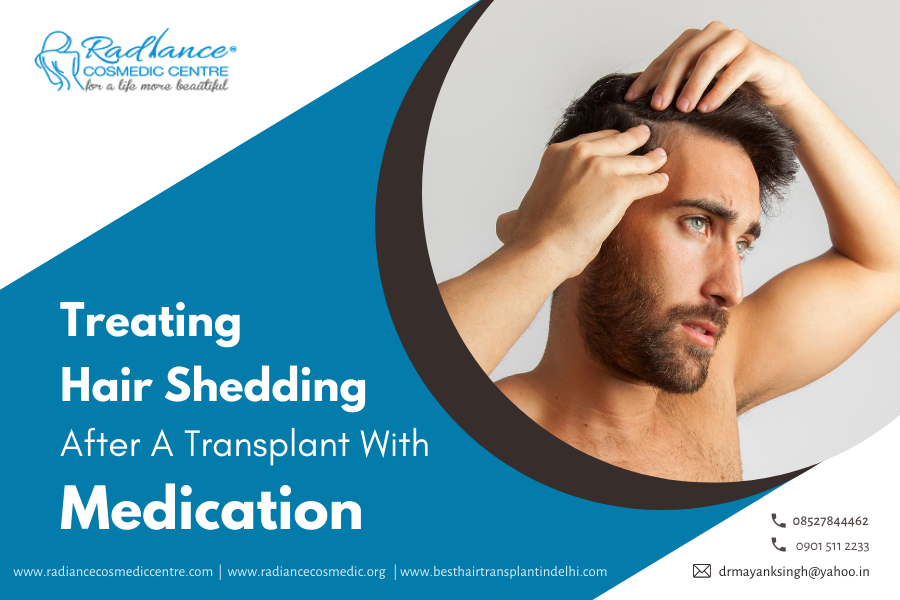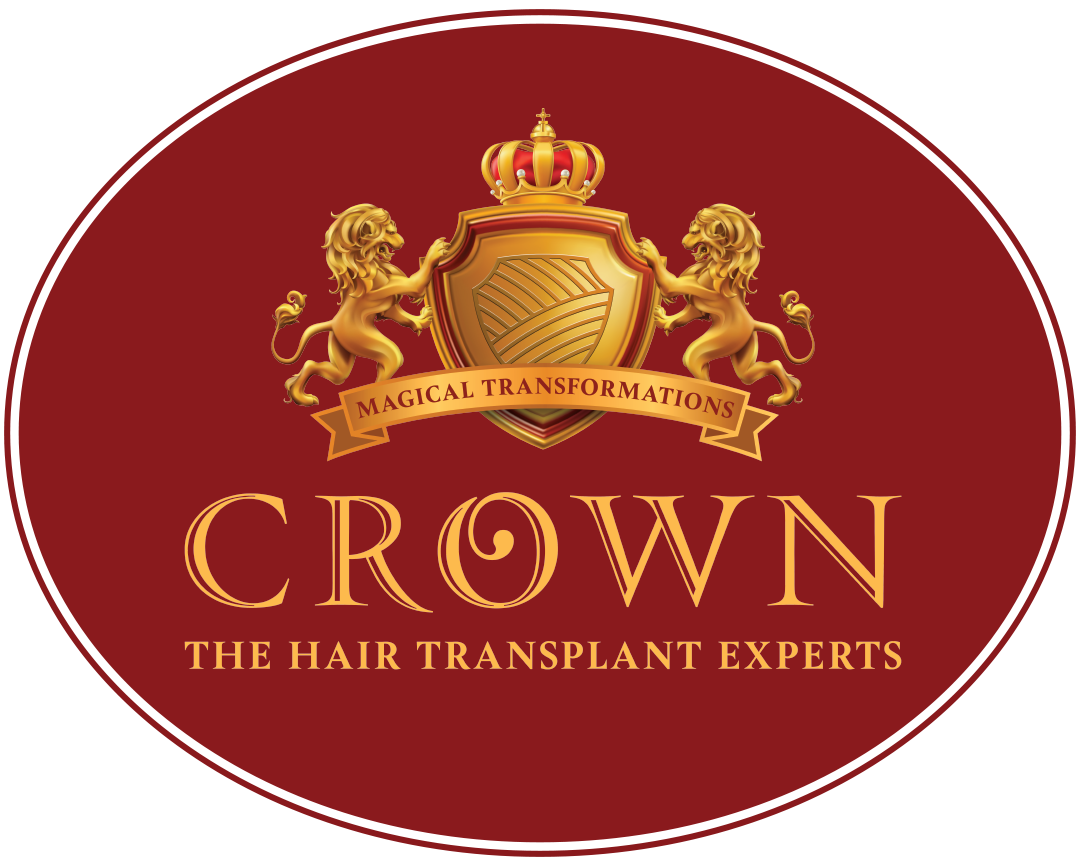

Hair shedding is looked upon as a normal bodily function. It’s commonplace to shed 50 to 100 hairs per day. However, it’s important to clearly differentiate between normal and post-operative shedding of hair grafts inserted through the transplant.
• Reports from the best hair transplant clinic in Delhi cite incidences of patients to have frequently experienced hair shedding subsequent to a hair transplant procedure.
• It’s key to be aware of the fact that shedding after a hair transplant is a regular occurrence.
• Essentially, it’s the body’s natural way to respond to the trauma it lived through in the course of the procedure.
• In the course of the best hair transplant in Delhi stab incisions or tiny openings are created to embed new hair grafts.
• This process can lead to lots of trauma on the scalp and adjacent hair which in turn causes newly transplanted hair grafts and existing hair to shed.
• This event is known as effluvium.
• A surgeon who carries out hair transplant Delhi reveals the shedding to normally occur for a period of 1 to 5 weeks following the procedure.
• Remember shock loss to be a normal, integral part of the hair restoration process and doesn’t signify any long-term damage to the hair.
• Every so often patients become worried to submit to continued hair loss.
• In a few months succeeding the procedure they may rest assured that eventually, new hair grows back once more.
• It’s a temporary phase wherein new hair takes time to grow and mature at varied rates.
• Basically, there are medications that the best hair transplant surgeon in Delhi may recommend preventing hair shedding following a hair transplant.
• Note that even though hair shedding because of shock loss is inescapable by adopting the use of the following two medications you may contemplate lessening the extent of hair loss after undergoing a hair transplant.
• Minoxidil
o Minoxidil is a medication that helps increase hair growth and makes fine hair denser.
o It’s available in the market under various brand names
o Usually, results are visible in a time span of 4 to 6 months.
o Minoxidilis is known for its efficacy in treating people of any age, with significant miniaturization, and are suffering from hair loss for no more than 5 years.
o Usually, the body has good tolerance to minoxidil.
o However, common side effects include the following.
▪ Eye irritation
▪ Itching
▪ Irritation or redness in the area of application
▪ Undesirable hair growth in other body parts
• Finasteride
o This medication is sold under various brand names
o It makes the process effective by attaching itself to 5-Alpha Reductase, an enzyme known to trigger the production of DHT in the body.
o In fact, the medication doesn’t fully put a stop to DHT production.
o Instead, its production is greatly suppressed so as to hinder the origination of male pattern baldness and miniaturization of hair in men.
o When used in regular periodicity, results are discernible as soon as within 6 months.
o A few men can run into sexual problems such as decreased libido, erectile dysfunction, and lower semen production or ejaculation at the time of taking the drug specifically having a history of psychological or psychosexual medical history.
o Also, finasteride doesn’t suit all men as hair loss and hair thinning aren’t based on only DHT and may linger with ongoing medication.
